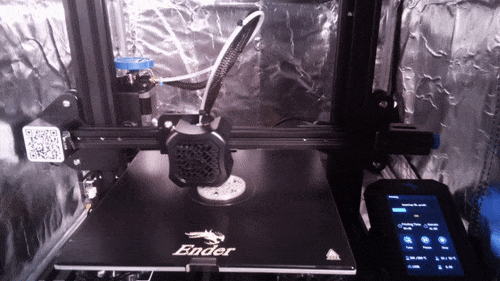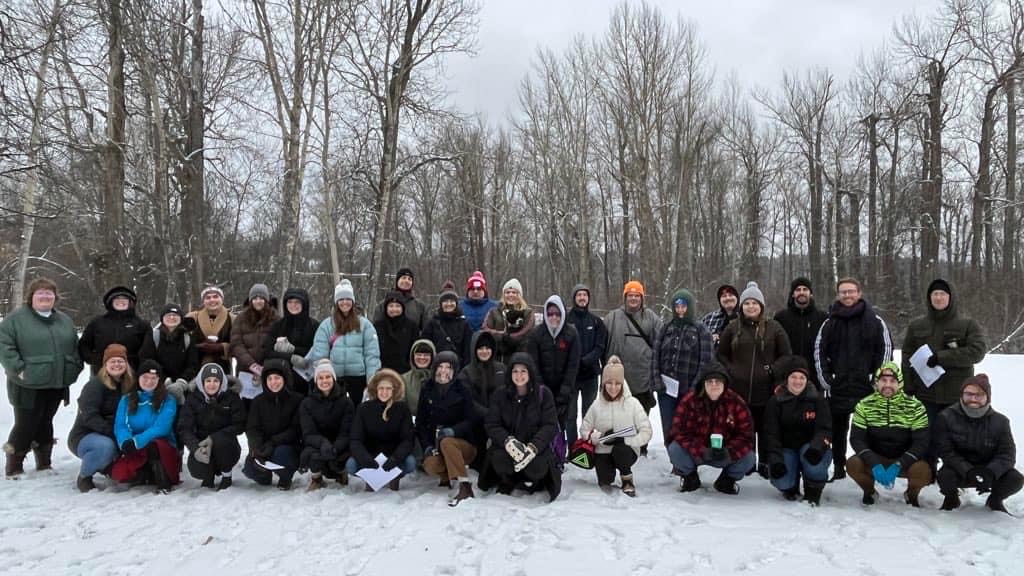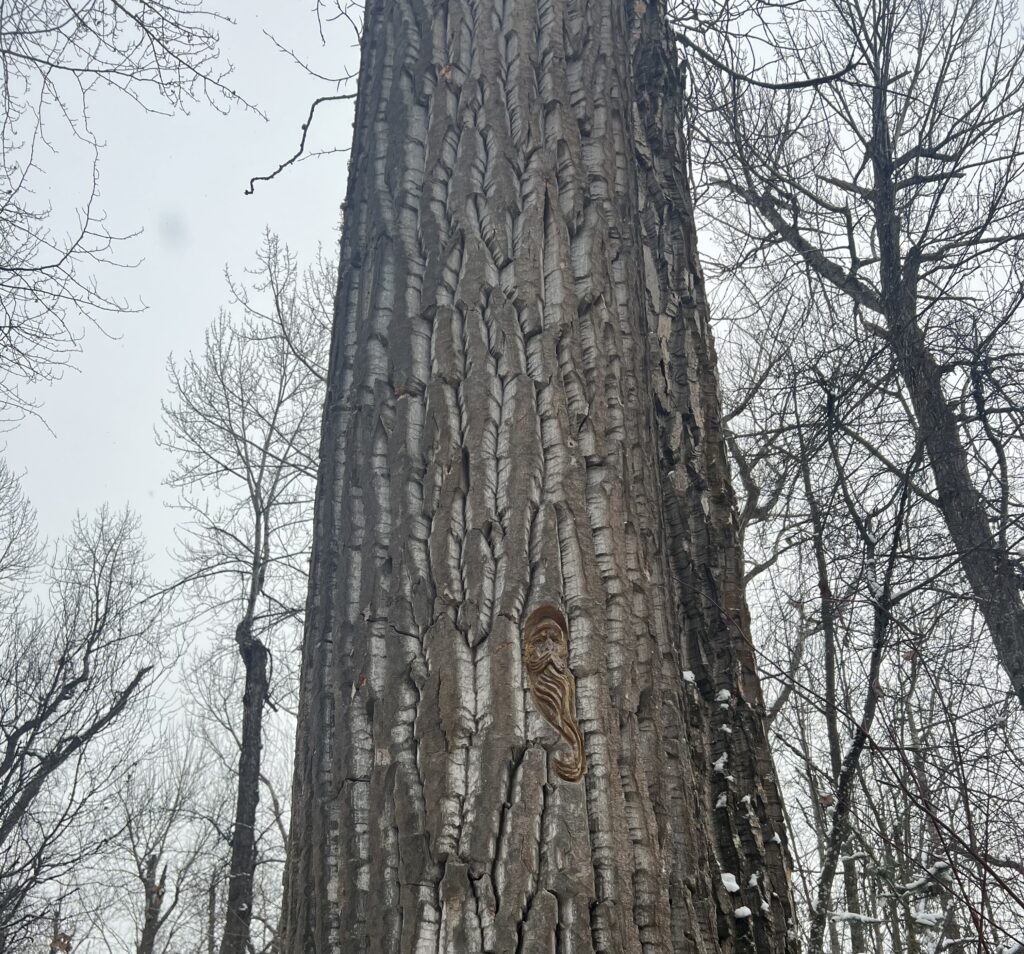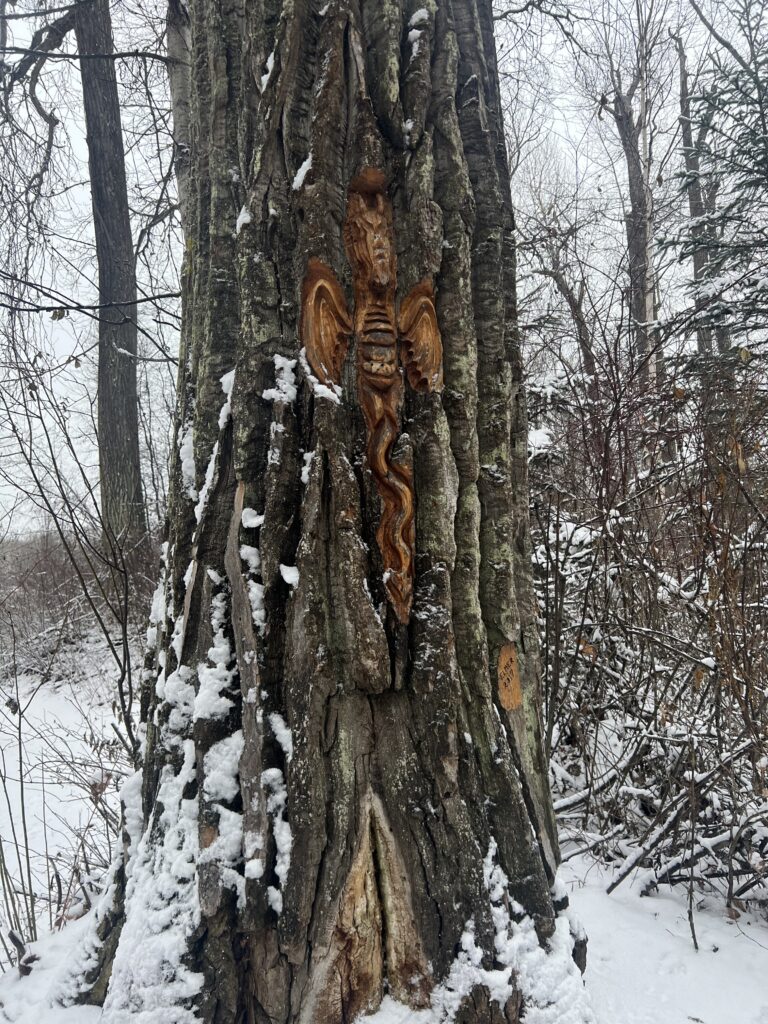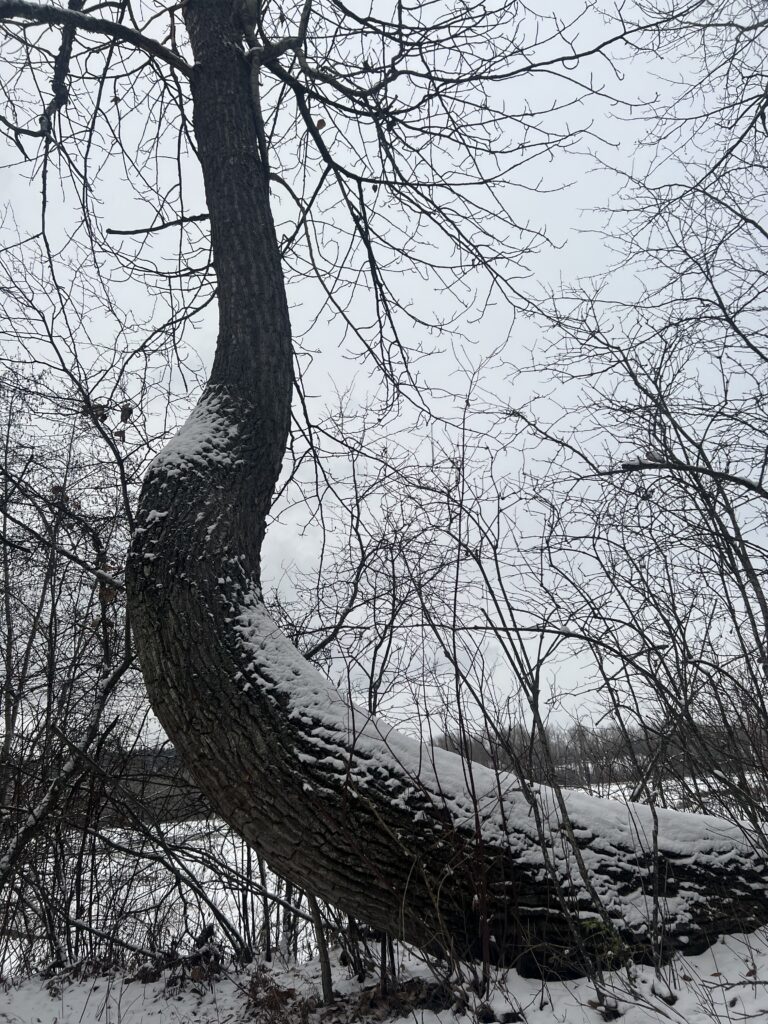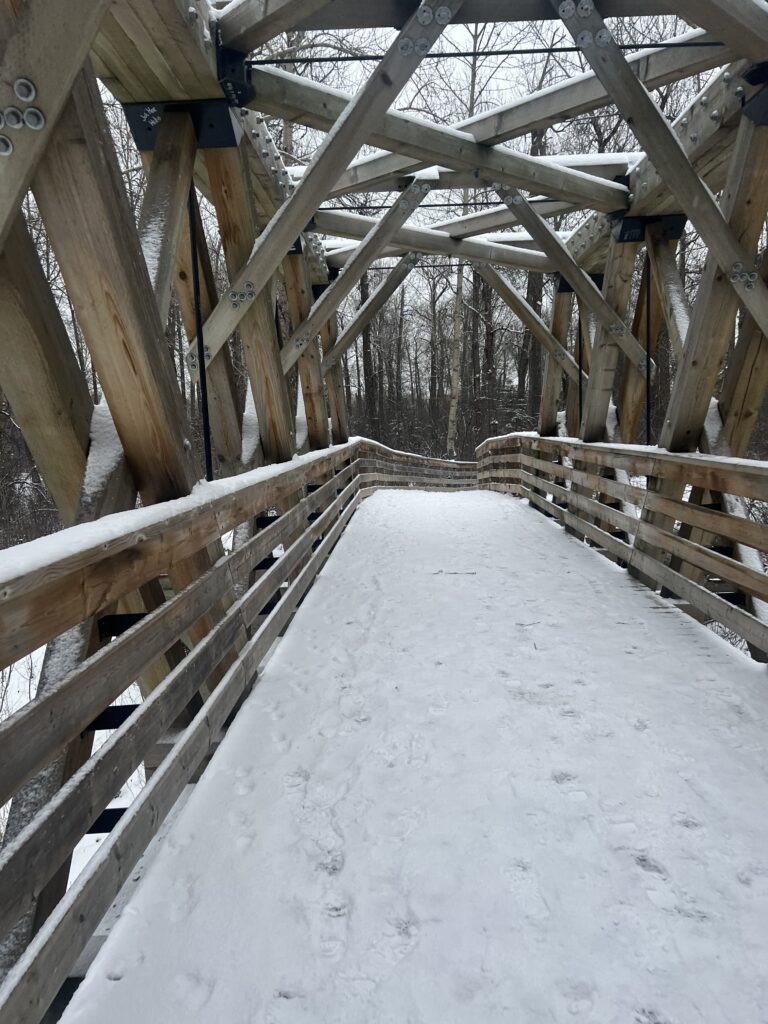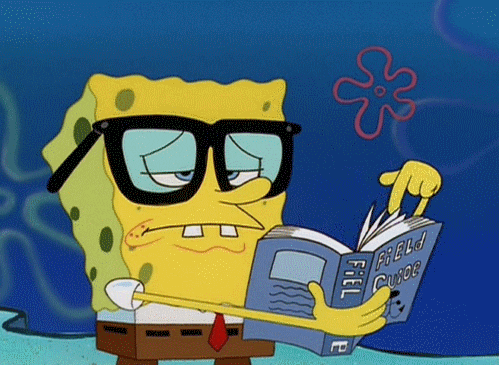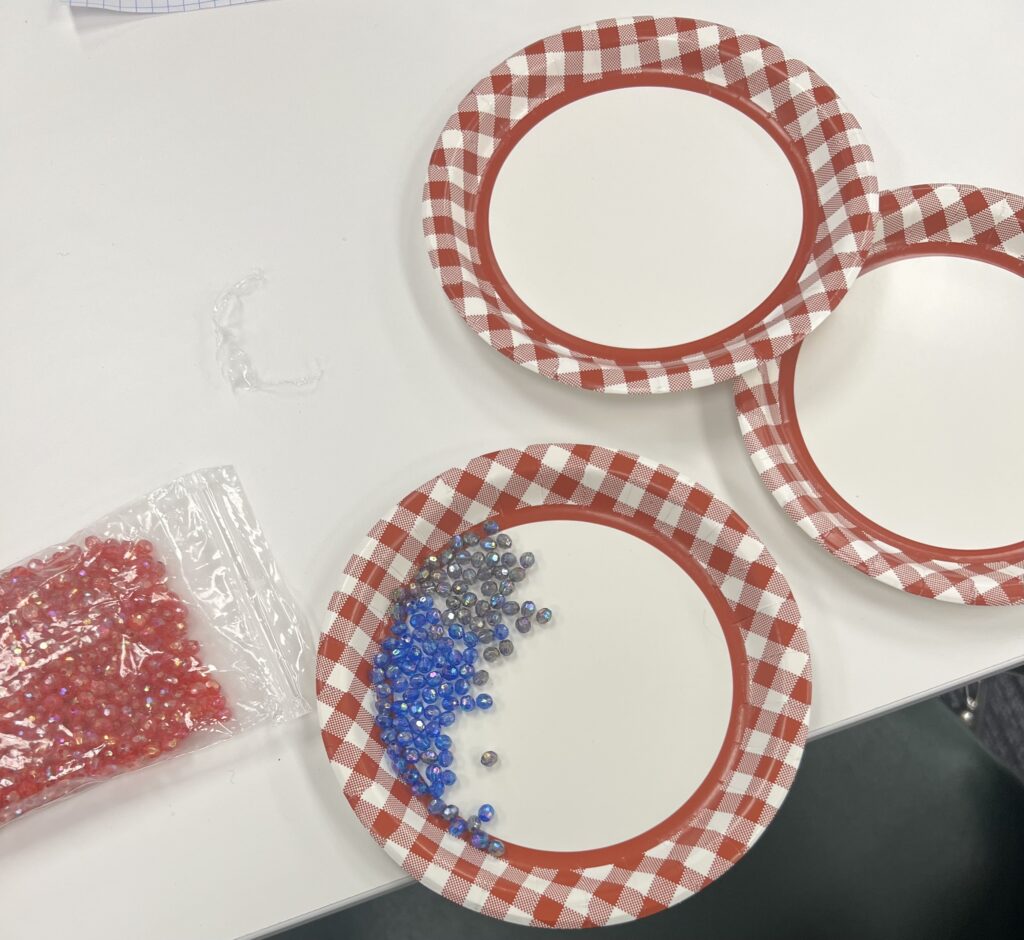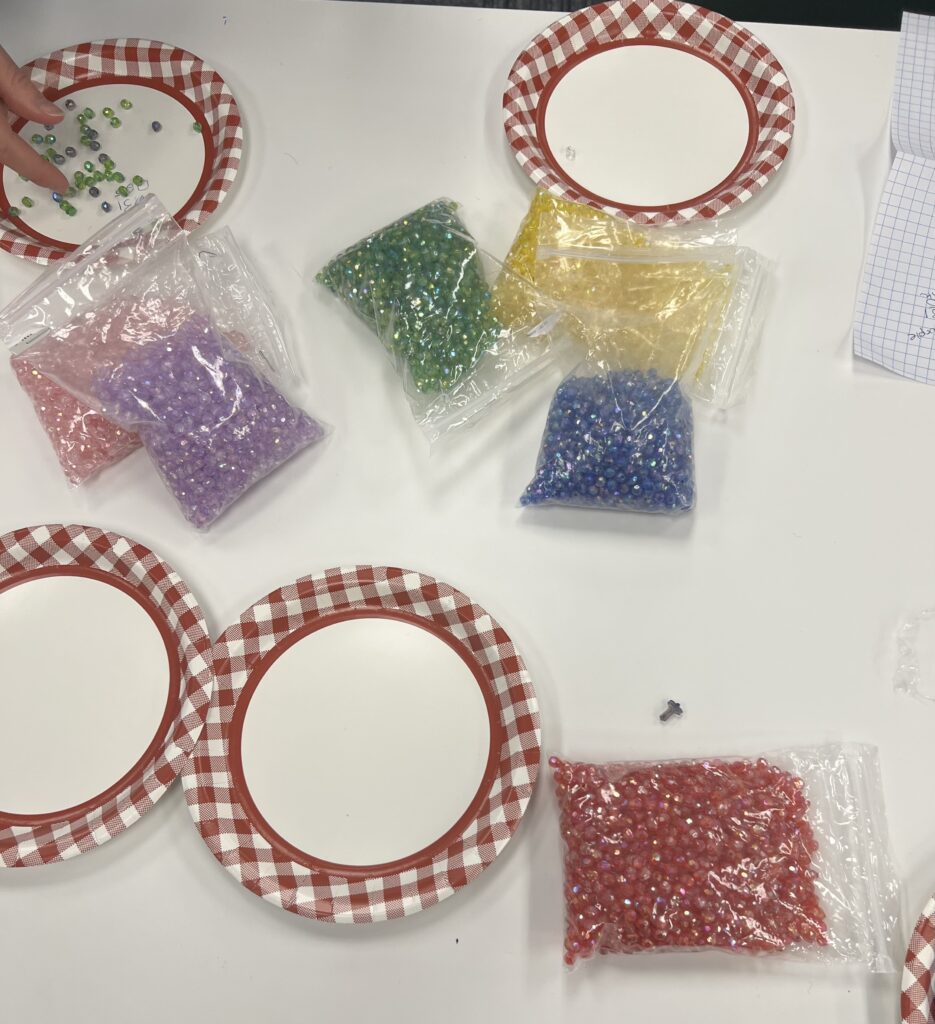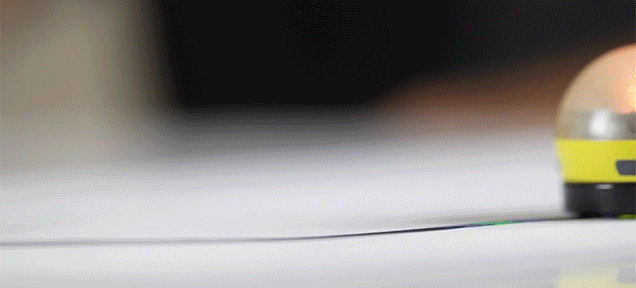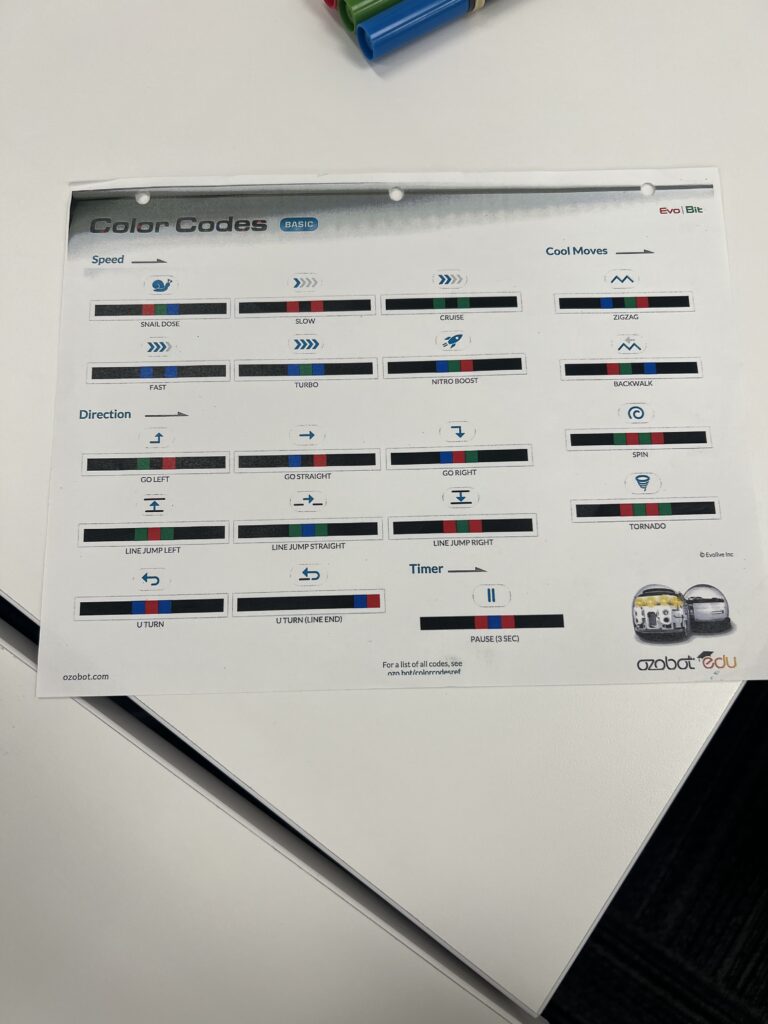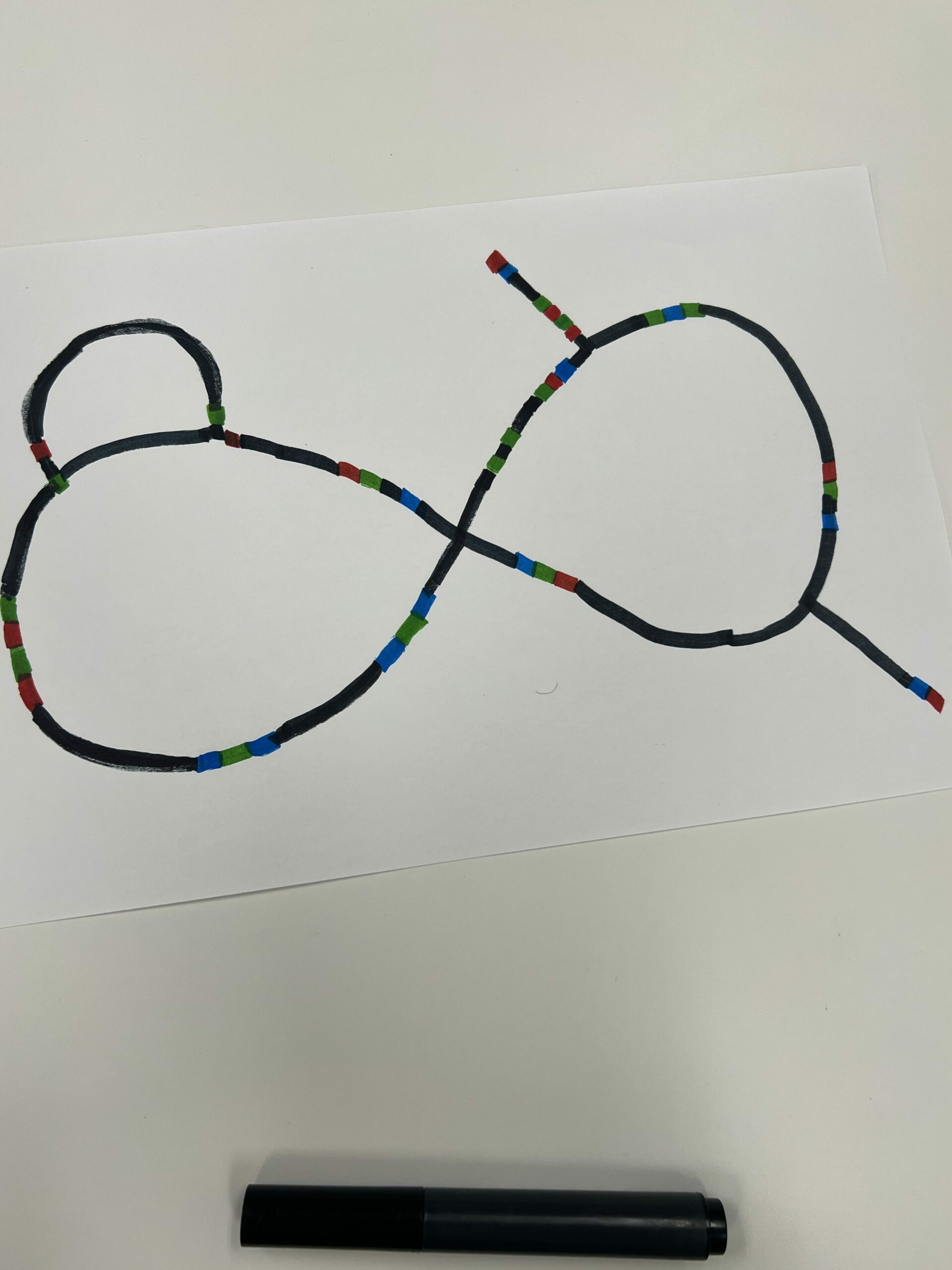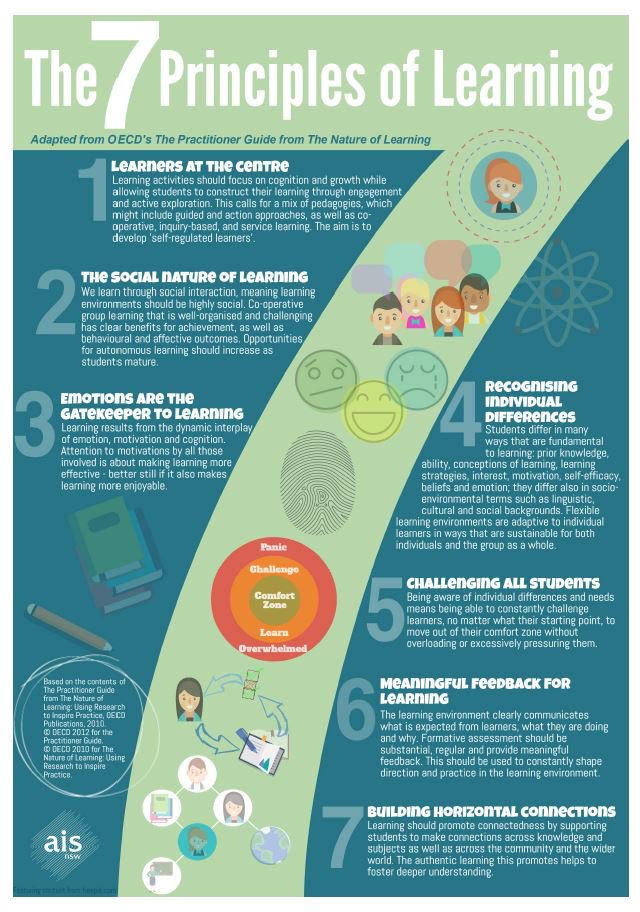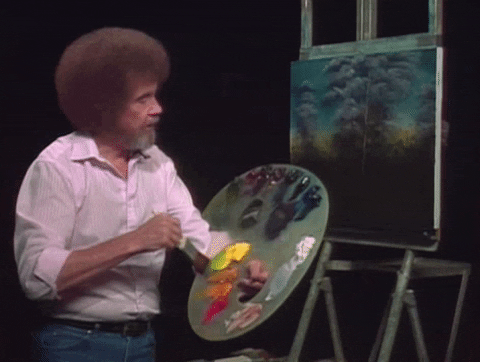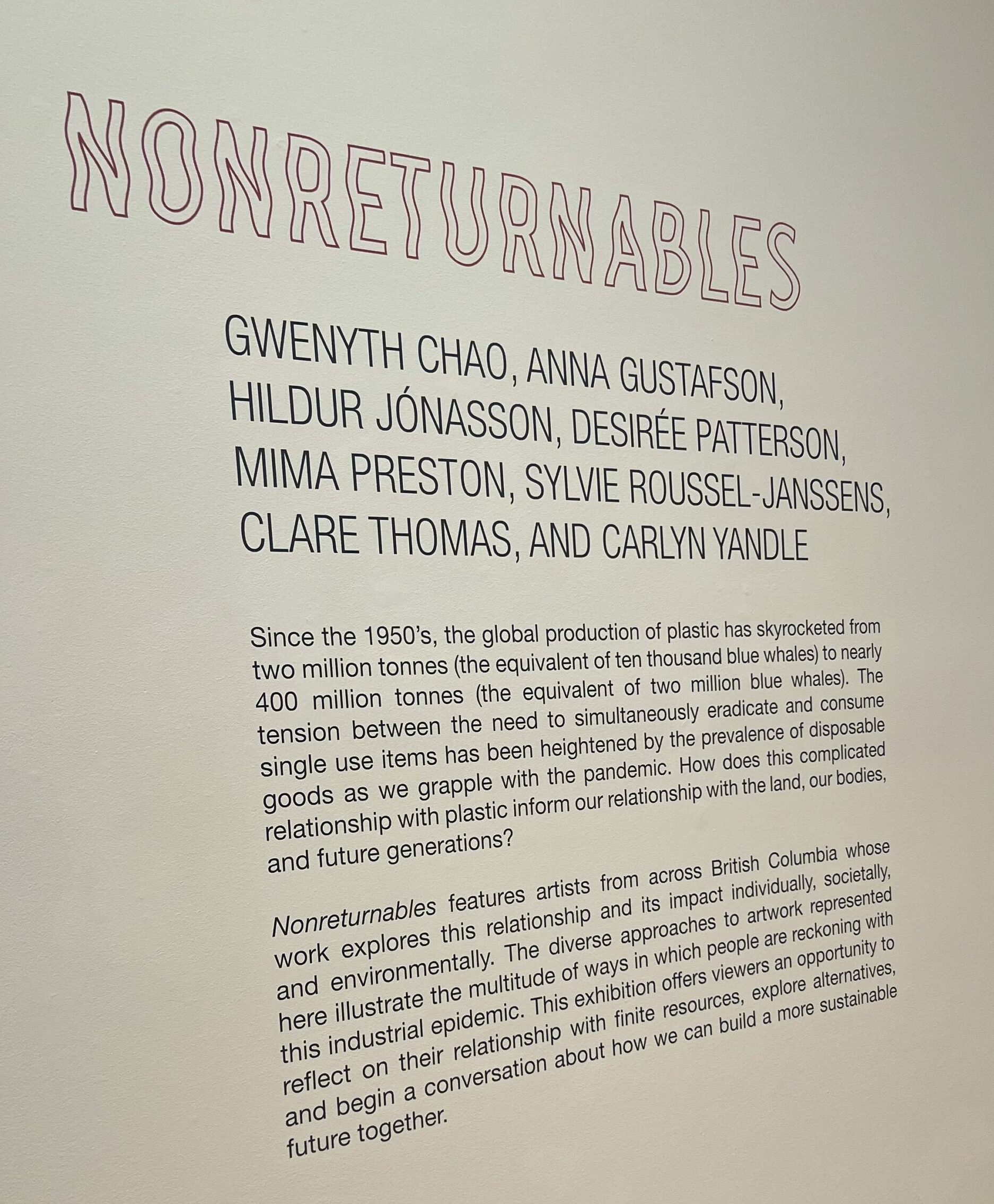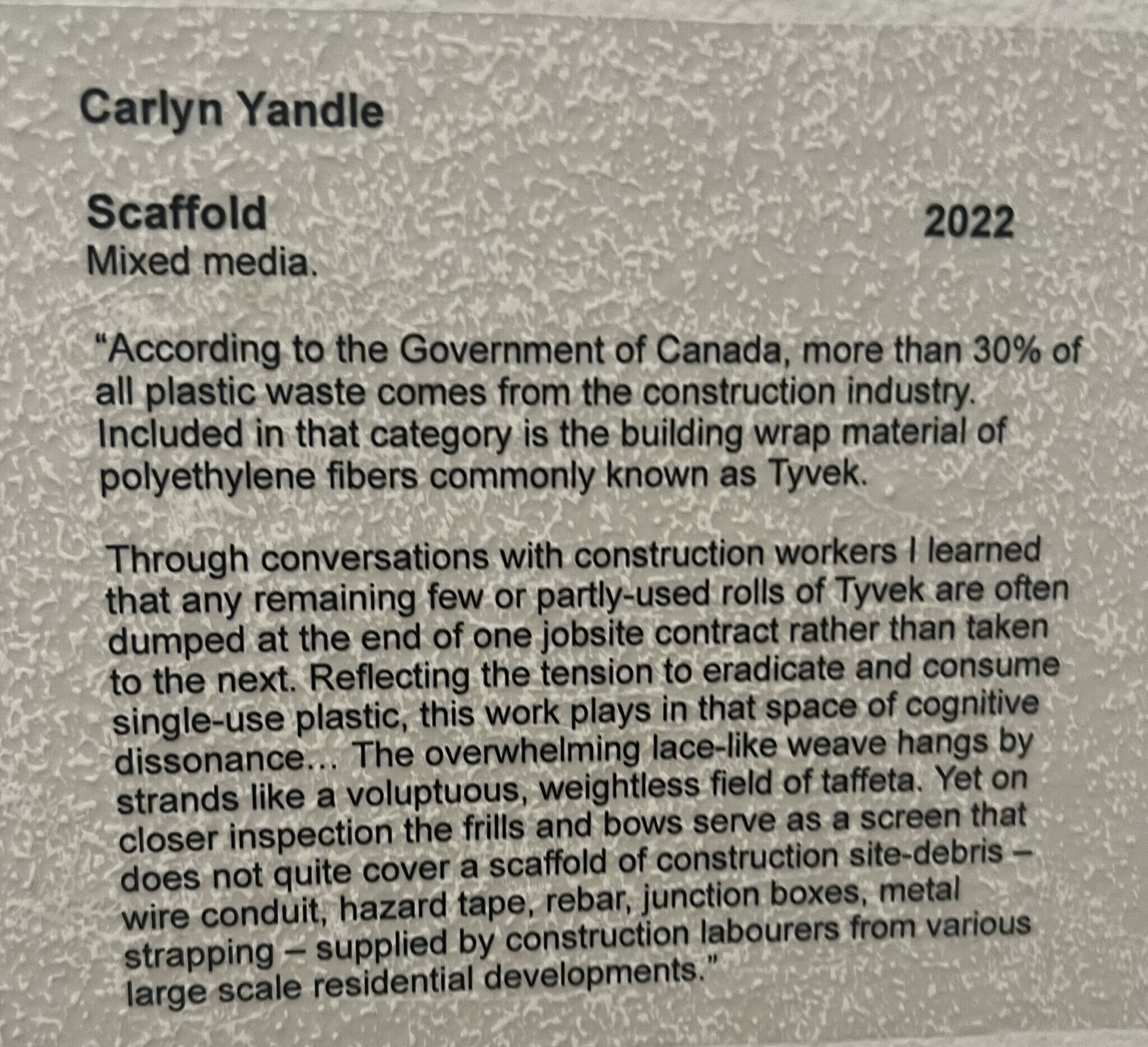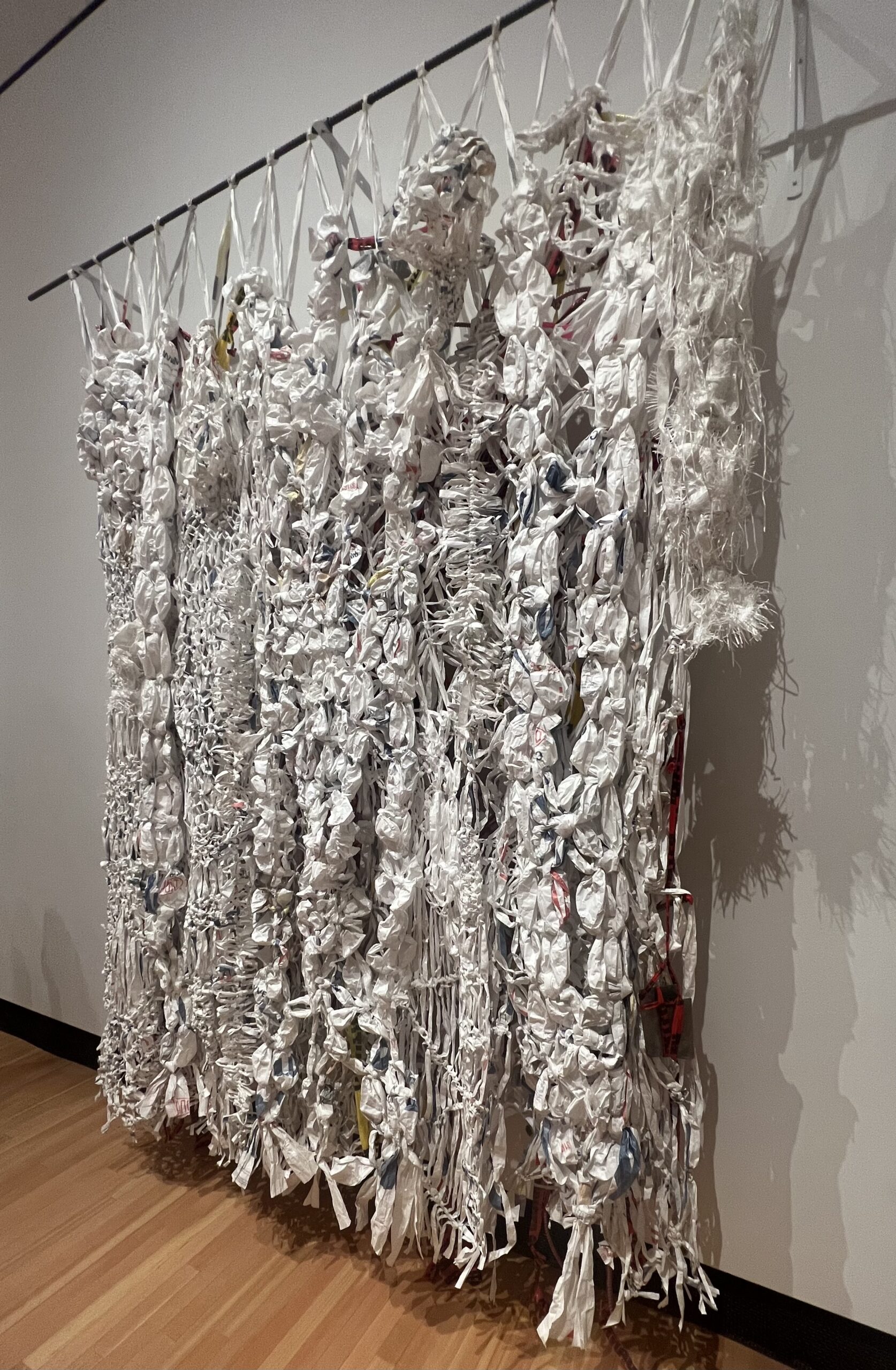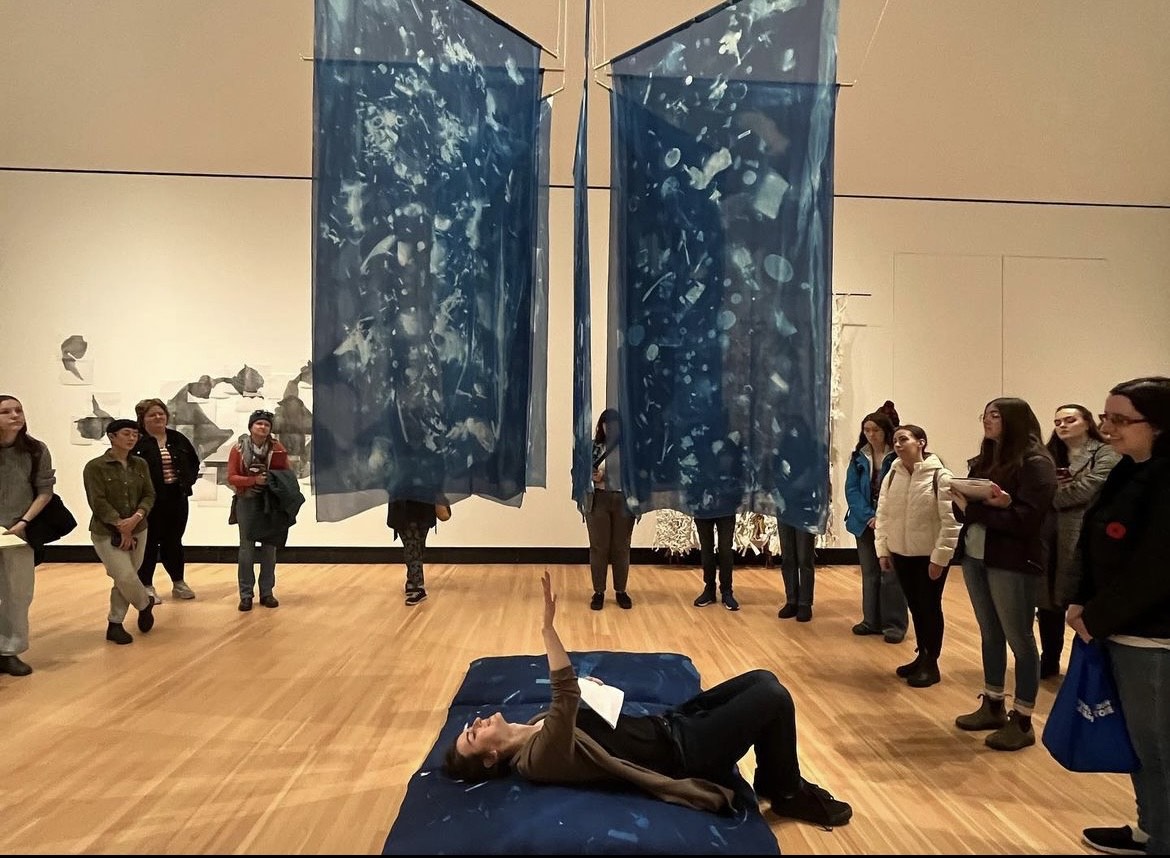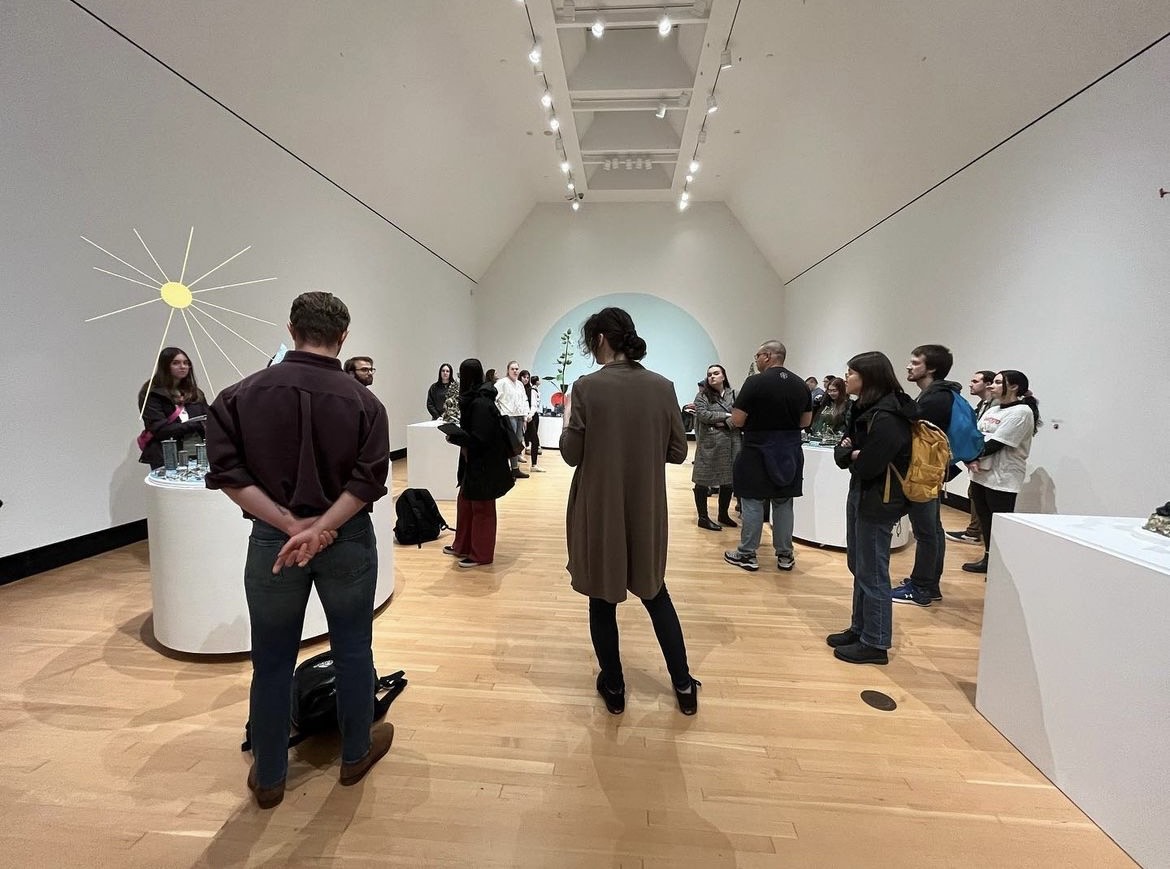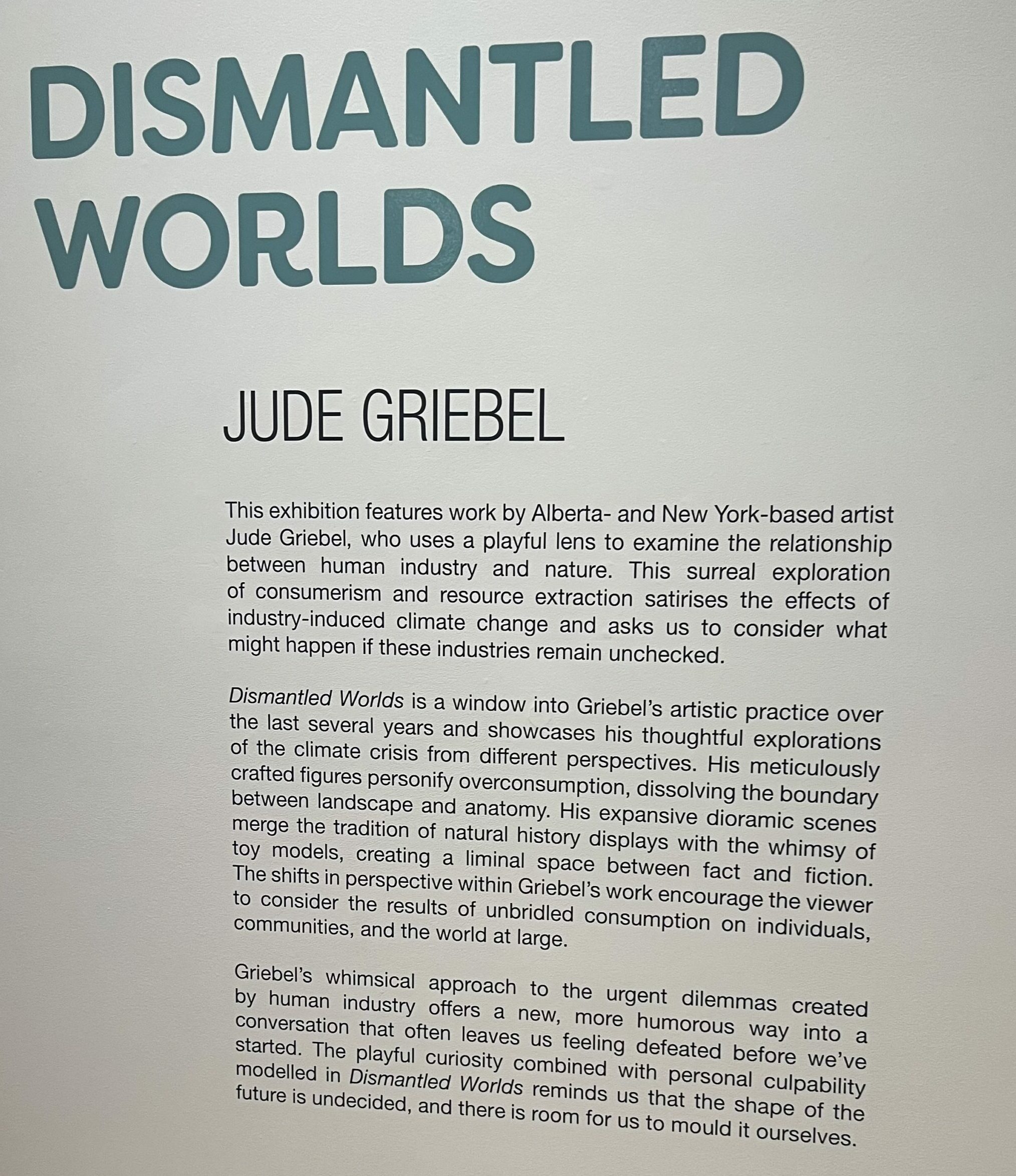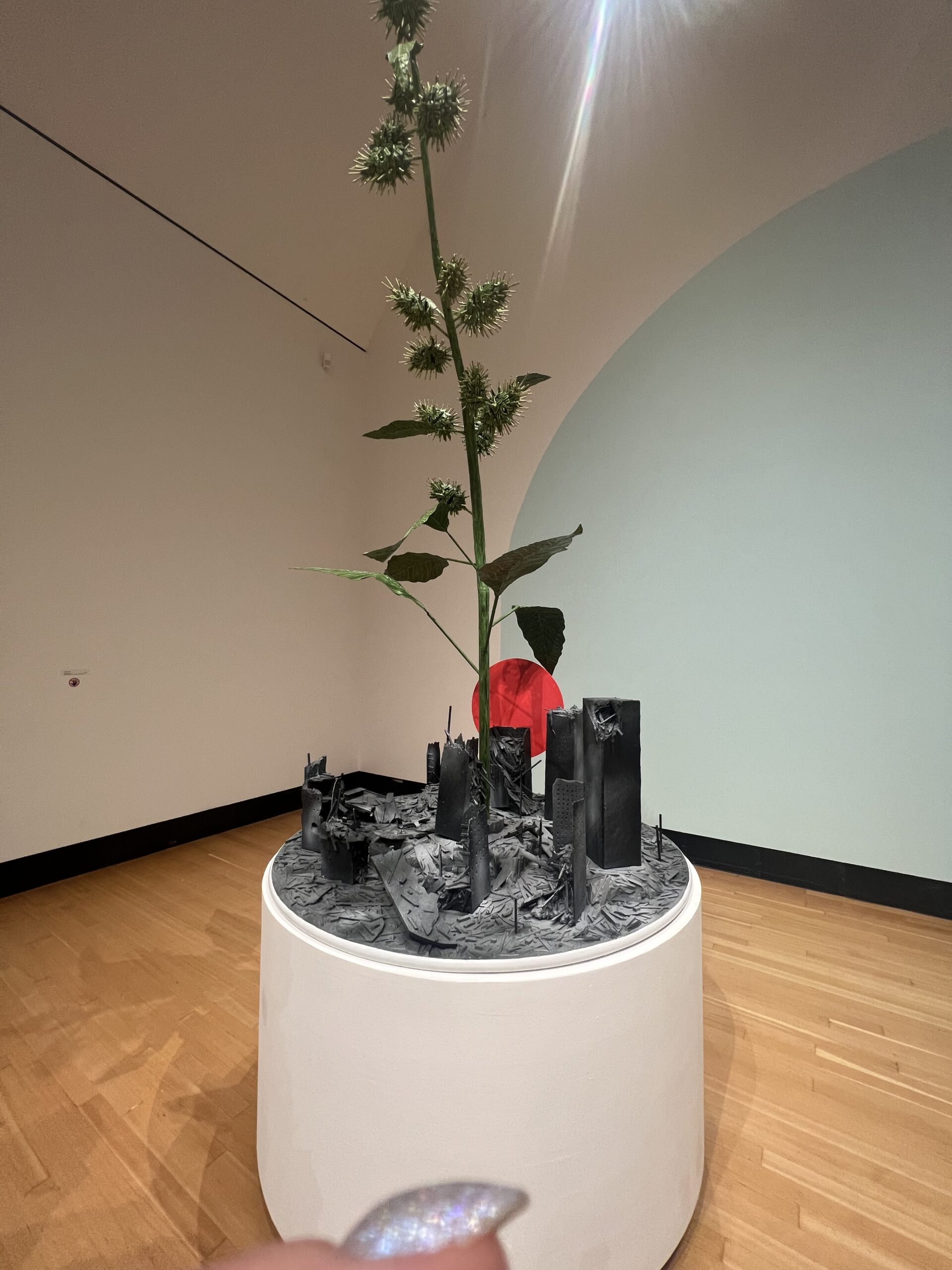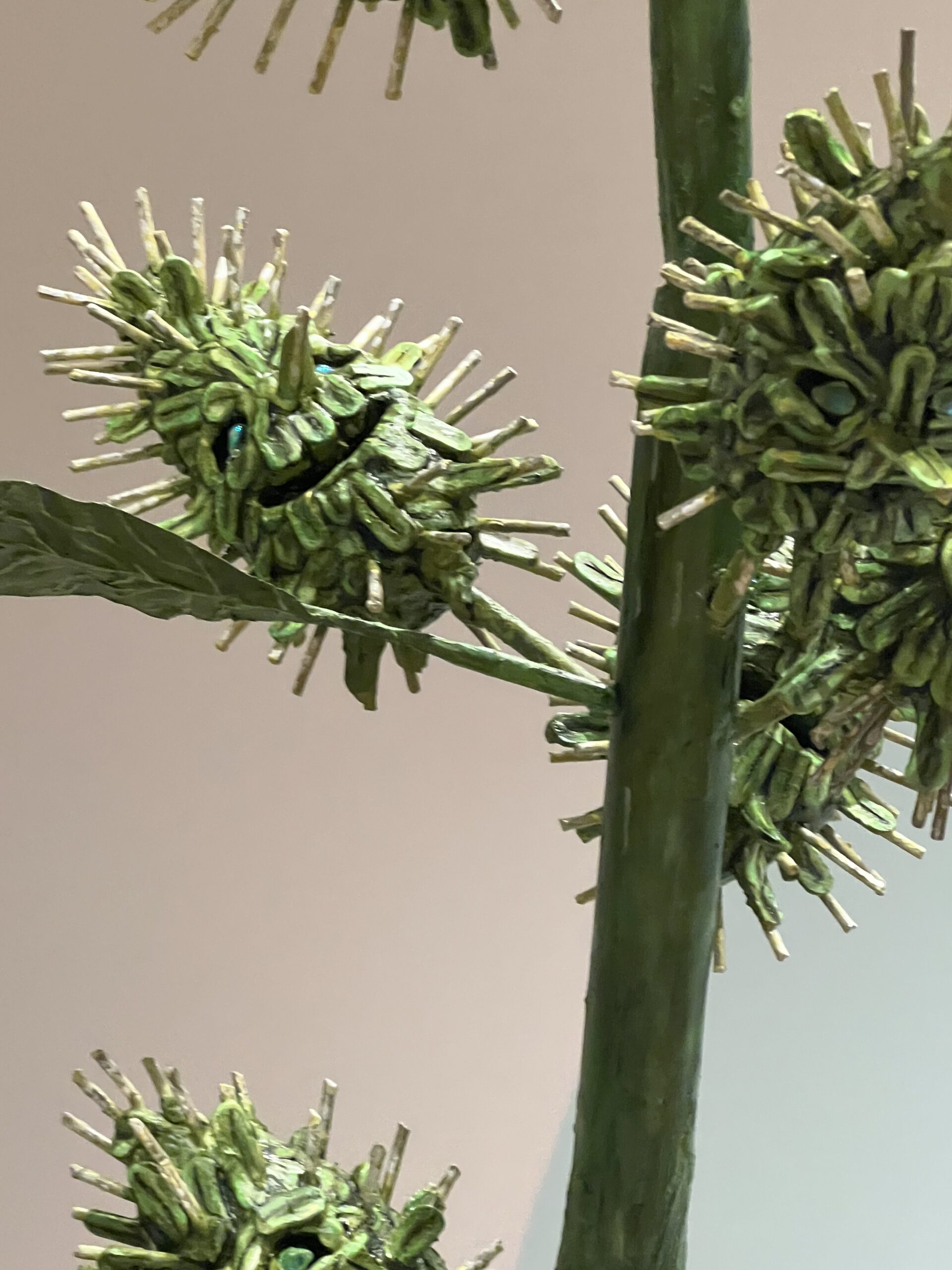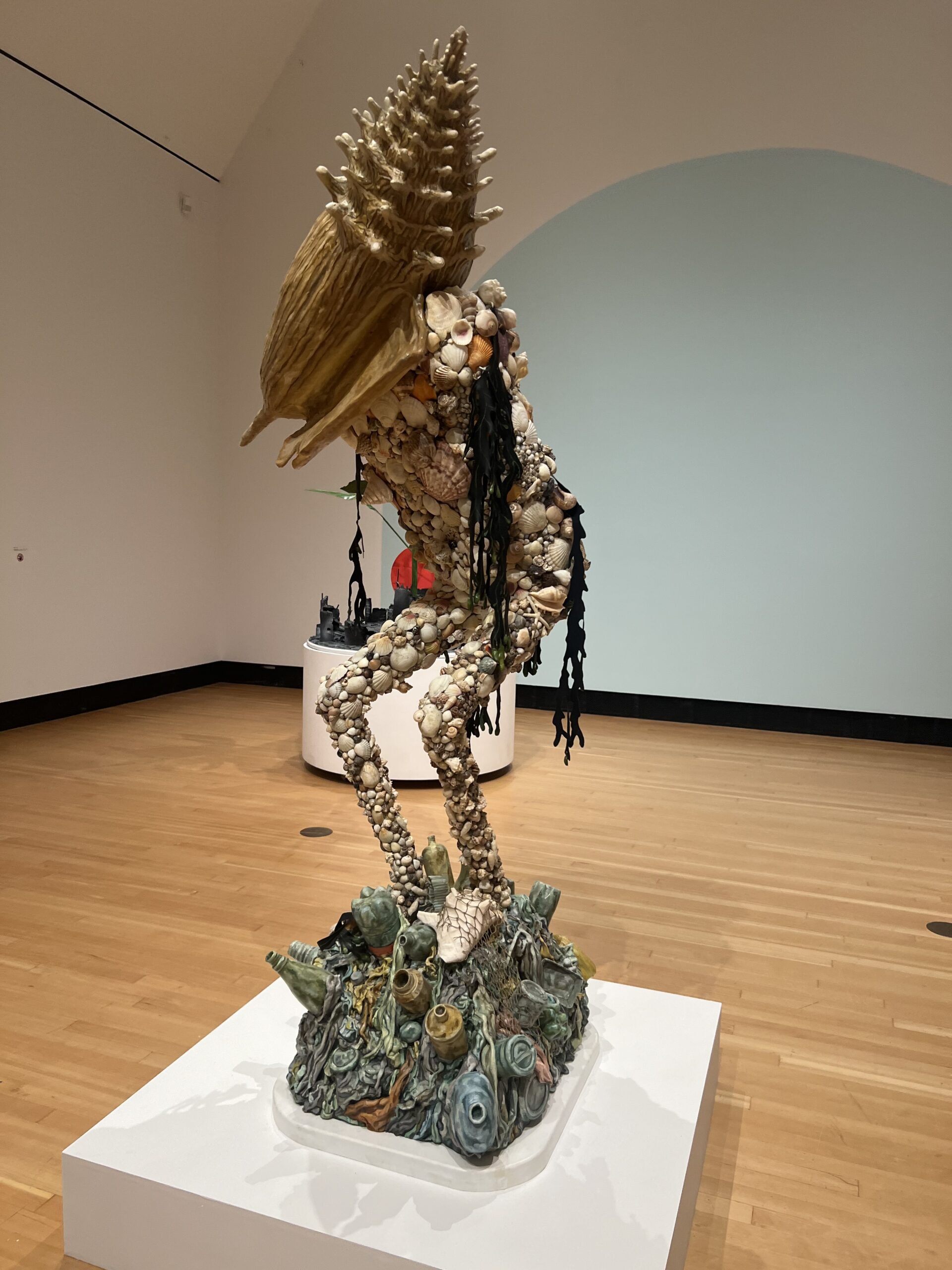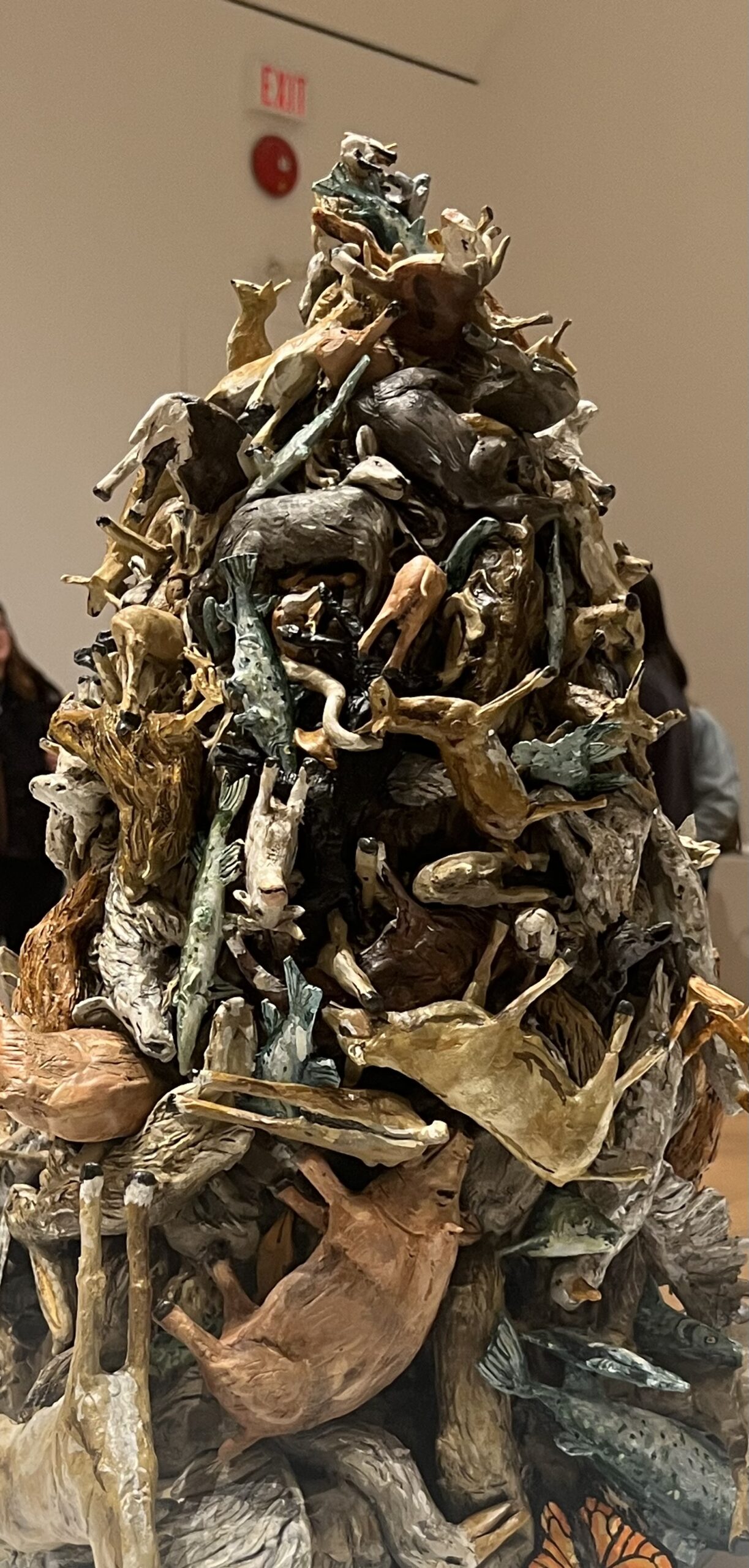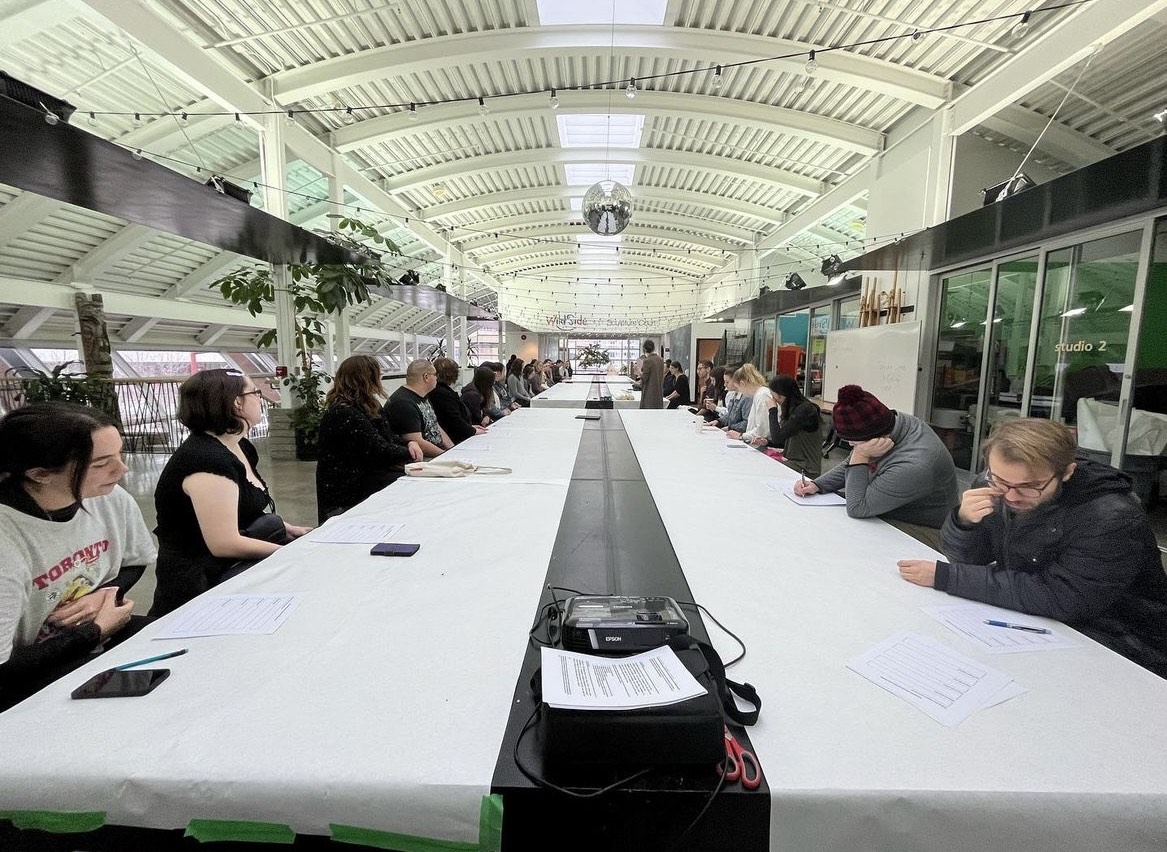During our class we squeezed into the small rooms at the UNBC Wood Innovation and Design Centre in downtown Prince George. To learn about the advantages of 3D printing and how we can use it in our classrooms. 3D printing can be used to print almost everything. We learned how different printers print different things. What kind of things you can print and how far you can push the technology. We were shown examples that move straight from the printer, flat surfaces and even printing characters. So many things can be printed and if you can’t find it you can create it. With free programs like Tinkercad and Openscad printing can be don in a class with a 3D printer. Students can create their own designs and play around with different objects. 3D printing adding material Wood cutting subtracting material.
Technology is just a tool. In terms of getting the kids working together and motivating them, the teacher is the most important.
Bill Gates
3D printers can be useful in printing learning materials for many different subjects at any grade level. Objects can be used in the BC Curriculum by incorporating objects in Science, Math, Art, ADST, and English. An octopus that is 3D printed can be used to show how Octopi move and look during a science lesson. The legs can be chained and be used in math; counting the links. If the legs were removable it can be used the same way; asking the students to show a certain number, “show the number 10” etc. With Highschool it can be integrated in the same way just using more in depth coding or in final projects in metal or wood works or a computer class. It can be used as a fidget for those with a disability. Different materials print different ways. There are materials that dissolve in water, materials that are soft, biodegradable and ones that are solid.
Also, 3D printing is being incorporated into the medical field. Printing different body part and organs. That can be used to help treat or replace missing pieces. Usually used with materials that are dissolvable. More research needs to go into this. I feel like this would help a lot of people but can be very expensive.
Introducing this can inspire our students to change the way we do things as a society or change the world.
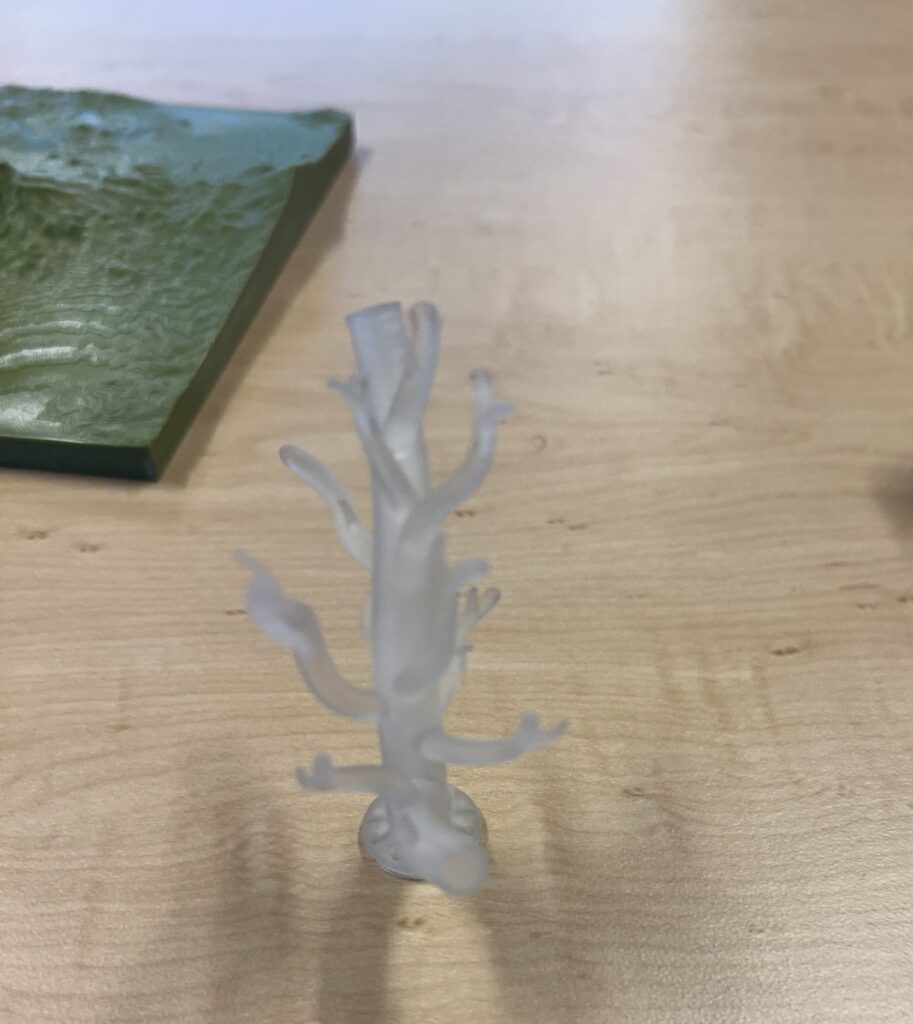
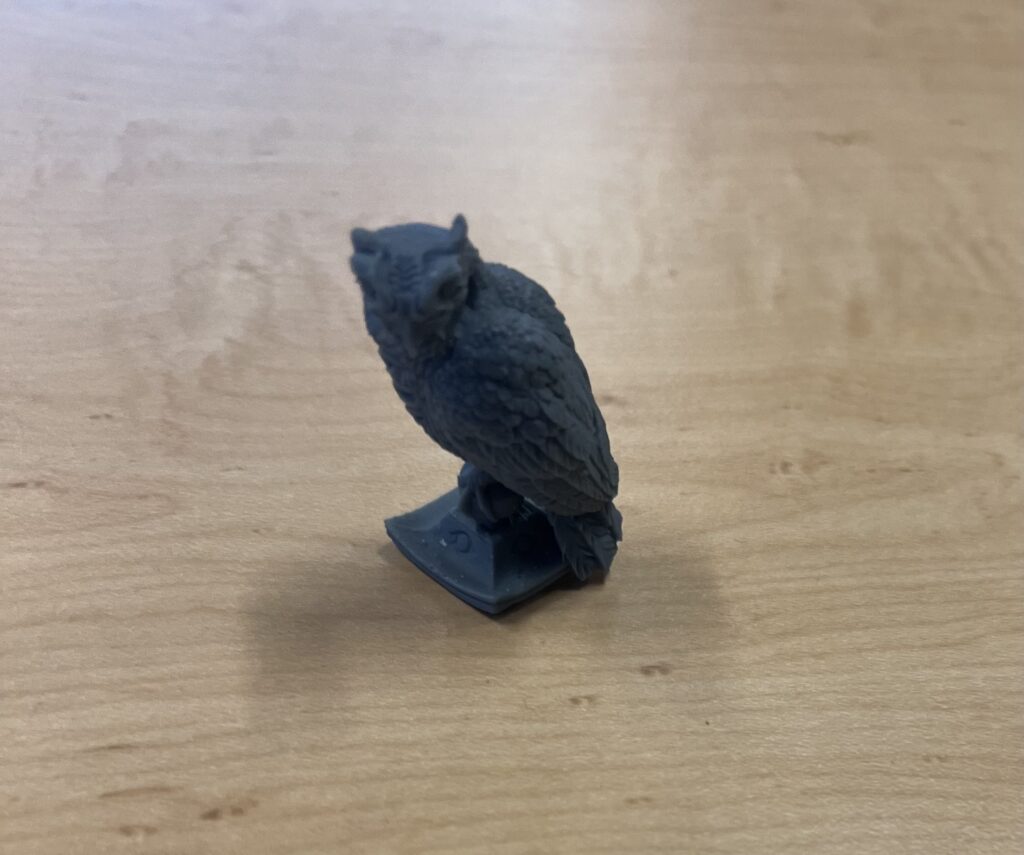
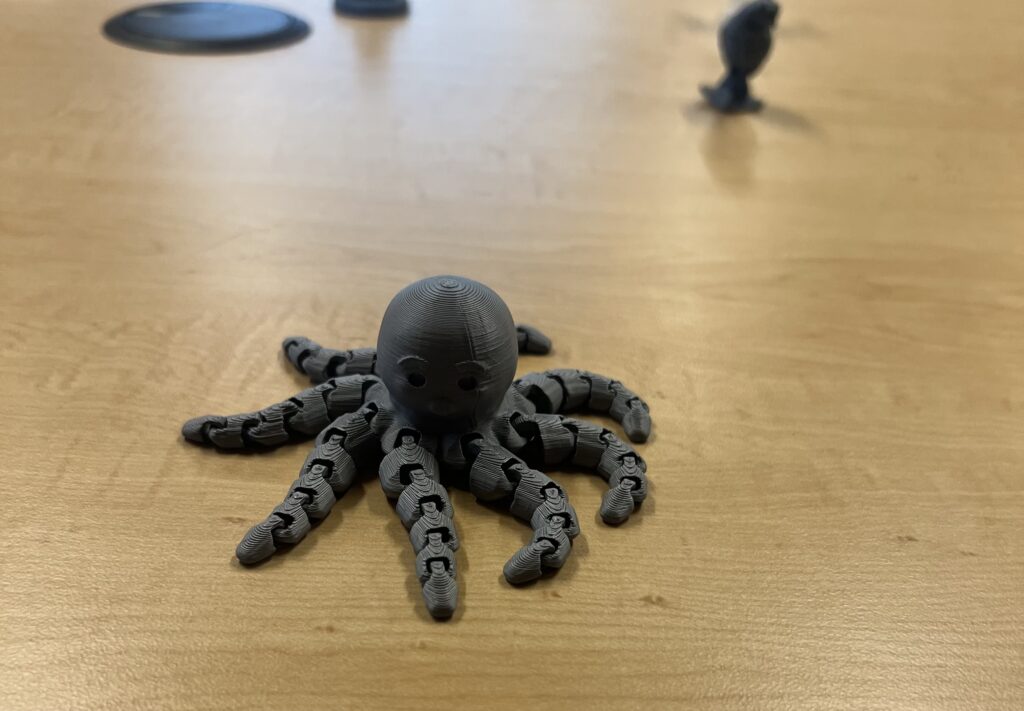

At UNBC there is also kids camps through “Active Minds” that include elements of STEAM (Mostly summer camps) including camps like:
“How to Engineer Everything”
“Be an engineer for a week! Put your thinking cap on as you jump headfirst into the practical application of science and math made fun. Get firsthand experience designing, constructing, and testing your creations. Problem-solve, work, play, and laugh through the week as you engage in the many disciplines of engineering that are critical in the development of our modern society.”
Which can be good to introduce these kinds of camps and resources to students to learn more about STEAM and how it’s more than just worksheets.
With 3D printing, we can actually create structures that are more intricate than any other manufacturing technology or in fact are impossible to build in any other way.
Lisa Harouni
